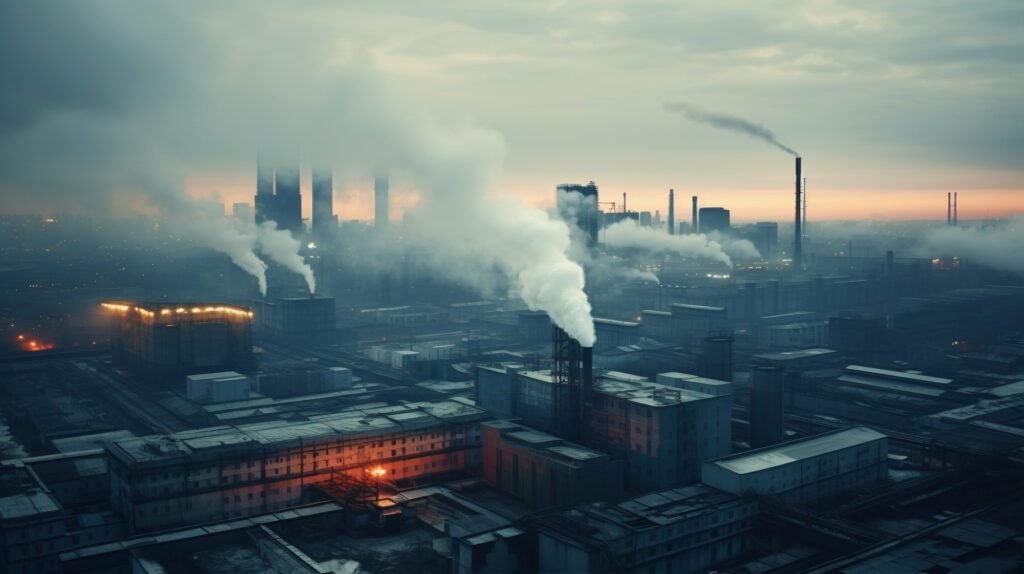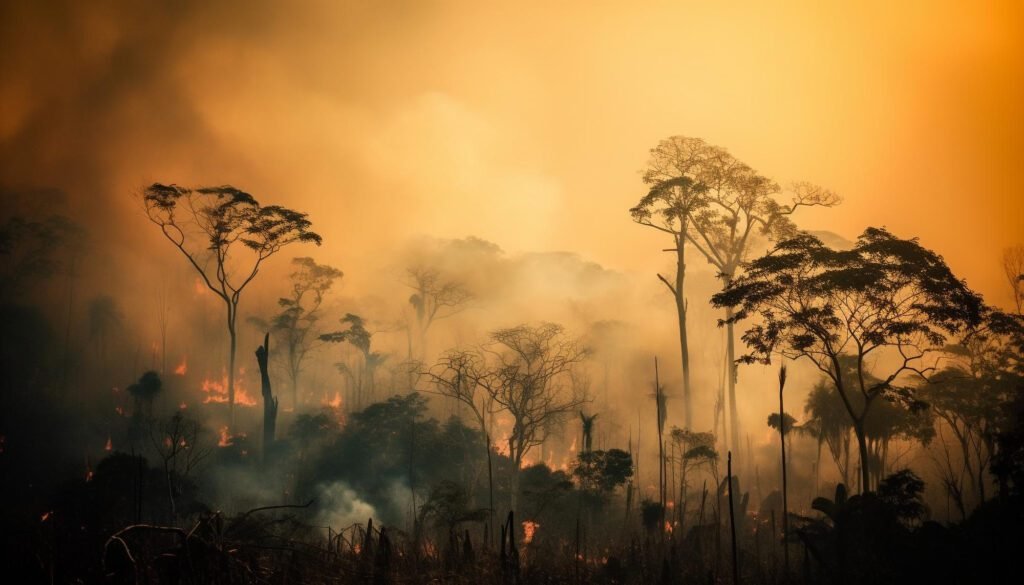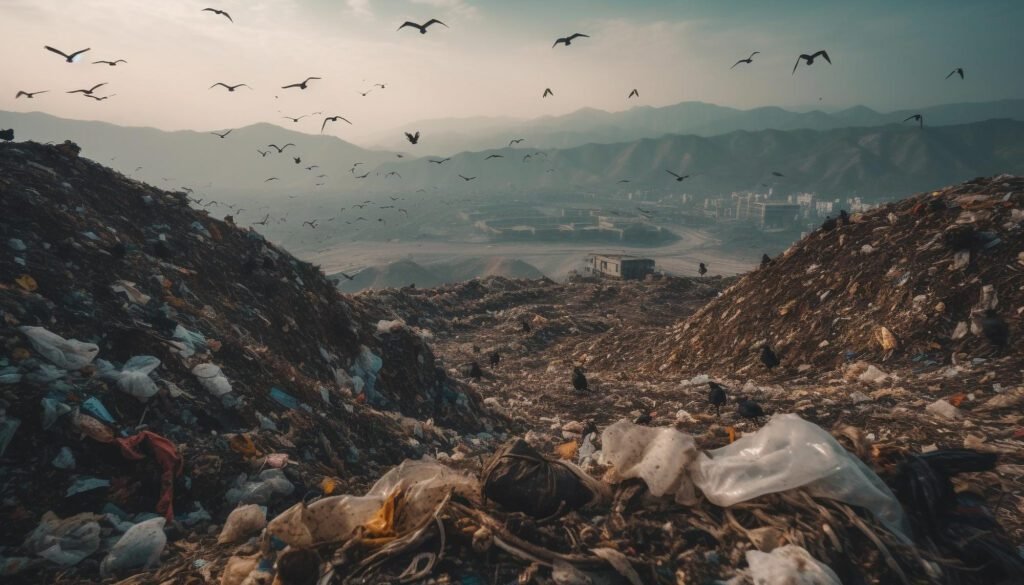Table of Contents
Toggle“Tackling the Rising Tide of Pollution: Understanding Causes and Solutions”
Pollution, in its various forms, poses a significant threat to our planet and all life it supports. Understanding the reasons behind its escalation is crucial to formulating effective strategies to combat it. Several factors contribute to the increasing pollution(contamination) levels on Earth:
Industrialization and Urbanization:
The rapid growth of industries and urban areas has led to increased emissions of pollutants such as carbon dioxide, sulfur dioxide, and nitrogen oxides. Industrial activities, including manufacturing, energy production, and transportation, release harmful chemicals and particulate matter into the air, water, and soil.
Deforestation:
The destruction of forests for agricultural expansion, logging, and urban development not only diminishes vital carbon sinks but also disrupts ecosystems, leading to soil erosion and loss of biodiversity. Deforestation contributes to air and water pollution(contamination) while reducing the planet’s ability to absorb greenhouse gases.
Agricultural Practices:
Intensive agricultural practices, including the use of chemical fertilizers and pesticides, contribute to water and soil pollution. Runoff from farms carries pollutants into water bodies, leading to eutrophication and contamination of drinking water sources.
Waste Generation and Mismanagement:
The increasing production of plastic and electronic waste, coupled with inadequate waste management systems, results in littering, landfill pollution, and oceanic plastic pollution. Improper disposal of hazardous waste poses serious health risks to humans and wildlife.
Energy Generation:
Reliance on fossil fuels for energy generation remains a significant contributor to air pollution(contamination) and greenhouse gas emissions. The combustion of coal, oil, and natural gas releases pollutants into the atmosphere, contributing to smog, acid rain, and climate change.
To mitigate pollution and safeguard the environment, concerted efforts are required at the individual, community, national, and global levels. Here are some strategies to reduce pollution:
Transition to Renewable Energy:
Investing in renewable energy sources such as solar, wind, and hydropower can reduce reliance on fossil fuels and mitigate greenhouse gas emissions. Governments and businesses should prioritize the adoption of clean energy technologies.
Implement Sustainable Practices:
Encouraging sustainable agriculture practices, such as organic farming and agroforestry, can minimize chemical inputs and promote soil health. Sustainable forestry management and reforestation efforts can help restore ecosystems and mitigate deforestation.
Improve Waste Management:
Implementing effective waste management strategies, including recycling, composting, and waste-to-energy technologies, can reduce the amount of waste sent to landfills and minimize environmental pollutant. Public awareness campaigns on proper waste disposal and recycling can promote behaviour change.
Enhance Environmental Regulations:
Strengthening environmental regulations and enforcing strict emission standards for industries, vehicles, and power plants can help control pollution levels. Governments should collaborate with stakeholders to develop and implement policies that prioritize environmental protection.
Promote Conservation and Restoration:
Protecting natural habitats, conserving biodiversity, and restoring degraded ecosystems are essential for preserving ecological balance and mitigating pollution(contamination). Investing in green infrastructure projects, such as wetland restoration and urban green spaces, can improve air and water quality while enhancing resilience to climate change.
By addressing the root causes of contamination and adopting sustainable practices, we can mitigate its adverse impacts and create a healthier, more sustainable future for generations to come. It requires collective action, innovation, and commitment to prioritize environmental stewardship and safeguard the planet for future generations.
In confronting the mounting challenge of contamination, it is imperative that we unite in understanding its root causes and implementing effective solutions.
By addressing industrial emissions, promoting sustainable urban planning, embracing circular economy principles, and fostering environmental education and awareness, we can make significant strides towards a cleaner, healthier planet. Each individual action, no matter how small, contributes to the collective effort of reducing pollution and safeguarding the well-being of future generations. Let us commit ourselves to this critical endeavor, for it is only through collective action and unwavering dedication that we can mitigate the threats posed by contamination and pave the way for a more sustainable and prosperous future for all.

Good 👍
Pingback: Energy Crisis: india become most energizing next five year0
Pingback: AI: A Rise of Robots Change Everyday Life with Future 000
Pingback: Green Earth, Clean Future: Protecting Our Earth for Childre0
Pingback: An Extensive Overview: Techniques to Increase Crop Yield 000